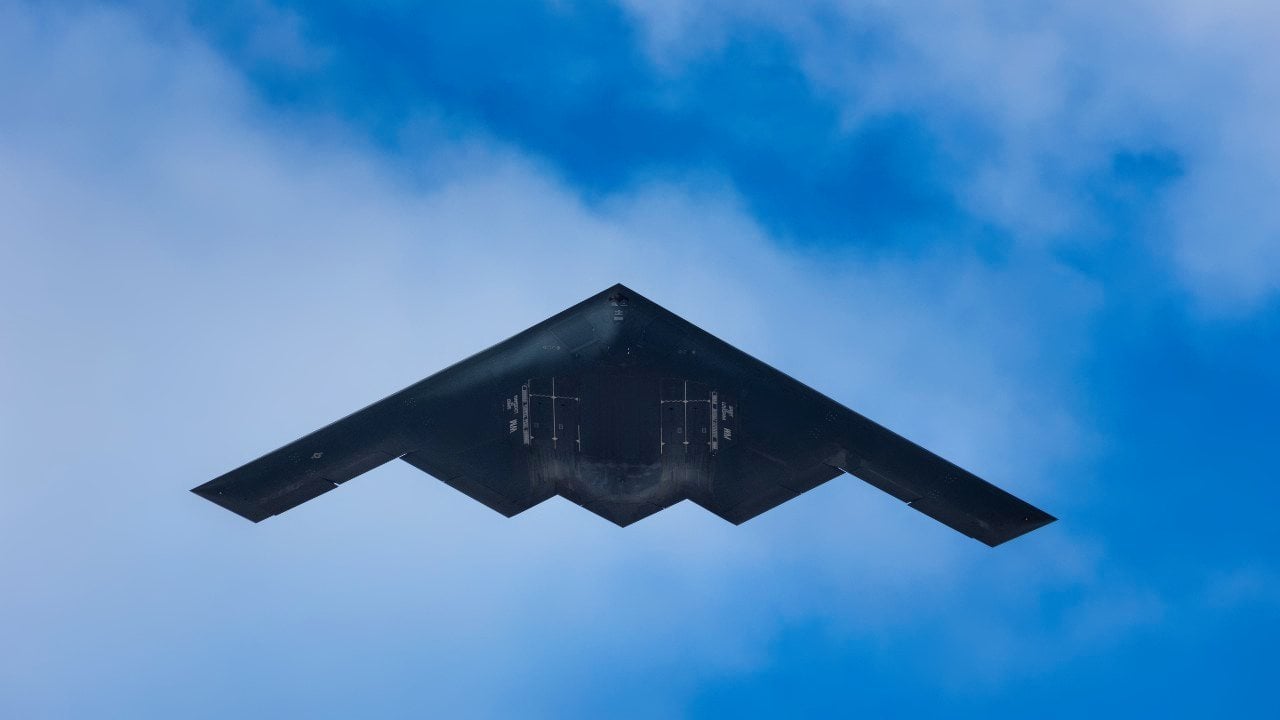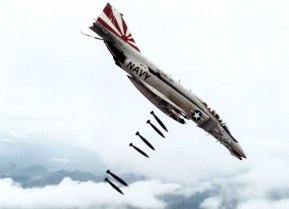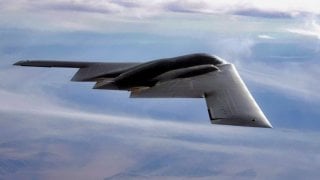B-2: The Story of the Most Expensive Bomber to Ever Fly
With just twenty operational B-2 stealth bombers, the United States Air Force certainly can't afford to have any sidelined, and losing another in a crash would be in a word: devastating.
The United States Air Force Has Just 20 B-2 Bombers Due to Cost and the End of the Cold War - There are currently at least six Northrop Grumman B-21 Raider bombers under production. The United States Air Force has announced plans to buy at least 100 of the advanced long-range strategic stealth bombers, which were named for the 80 men who took part in the World War II "Doolittle Raid" on Tokyo in the spring of 1942.
What is important to note is that with six B-21s already in the works, the program is already nearly one-third as large as the Northrop Grumman B-2 Spirit, as the Air Force only acquired twenty production aircraft along with the prototype. One – specifically AV-12 the "Spirit of Kansas" – was lost in a crash in February 2008, leaving the service with just 20 operational B-2s in its fleet.
In the years since, two more B-2s – the "Spirit of Washington" and "Spirit of Georgia" – suffered serious mishaps in 2010 and 2021 respectively, while it was in December 2022 that another B-2 was forced to make an emergency landing at Whiteman Air Force Base (AFB), Missouri, following an in-flight malfunction. As a result of that latest incident, all B-2s were grounded for several months, while the prior incidents required months of costly repairs.
With just twenty operation B-2 stealth bombers, the United States Air Force certainly can't afford to have any sidelined, and losing another in a crash would be in a word: devastating.
B-2 Spirit Stealth Bomber: How Few Remain
As the U.S. Air Force noted, the first B-2 was publicly displayed on Nov. 22, 1988, when it was rolled out of its hangar at Air Force Plant 42, Palmdale, California. The Spirit took its maiden flight on July 17, 1989.
The B-2 Combined Test Force, Air Force Flight Test Center, Edwards Air Force Base, California, is responsible for flight testing the engineering, manufacturing, and development of aircraft on the B-2, while Whiteman AFB is the only operational base for the B-2. The first aircraft, Spirit of Missouri, was delivered on Dec. 17, 1993.
The aircraft development actually began in the 1970s, and it was designed to penetrate an enemy's most sophisticated defenses and threaten its most valued, and heavily defended, targets. In other words, it was always meant to strike deep into the Soviet Union.
A lot happened as the aircraft was being developed in the 1980s – most notably the thaw between East and West that eventually led to the end of the Cold War, which was followed by the dissolution of the Soviet Union. Between the time the aircraft took its first flight and then entered service, the Soviet Union went from having fairly friendly relations with the United States to no longer existing.
The Billion Dollar Bomber
Simply put, the bomber was too expensive in the post-Cold War world, at least according to U.S. lawmakers. According to published numbers, the average cost of each of the twenty-one B-2s built had an average cost of $2.13 billion (in 1997 dollars). While that included development, engineering, and testing costs – which could have come down with the procurement of more aircraft – building each Spirit still cost an average of $737 million.

Total procurement costs for the B-2 Spirit, which included production, spare parts equipment, and software, were reported to have averaged $929 in 1997 dollars. Lawmakers cut the program from the initial planned 132 to just 20 production models.
It has been questioned whether that was shortsighted, but it is impossible to know what the needs will be in a future conflict. The B-2 ended up getting the job done during the 1999 Kosovo War, where it was responsible for destroying 33 percent of selected targets, while during the Global War on Terror (GWoT) the B-2 was able to strike positions in Afghanistan and Iraq – both from forward operating locations, while many sorties were conducted from Whiteman AFB, with the crews flying halfway around the world and back.
It is Still Costly
The B-2 Spirit may have been cut short due to high procurement costs, but it was also determined in 2010 that the B-2 cost up to $135,000 per flight hour to operate, nearly twice that of the B-52 Stratofortress and B-1 Lancer.
While the cost to strike an enemy and ensure that the pilots come back home safely is simply priceless, that operating cost is still something U.S. taxpayers should note when the B-2 makes those parade and stadium flyovers. It may be a stunning sight to take in, and seeing a B-2 Spirit in the sky is likely breathtaking, but we should remember it is costly – with each second in the air being even more expensive than the large beer and hotdog sold at the concession stand.
Author Experience and Expertise
Peter Suciu is a Michigan-based writer. He has contributed to more than four dozen magazines, newspapers, and websites with over 3,200 published pieces over a twenty-year career in journalism. He regularly writes about military hardware, firearms history, cybersecurity, politics, and international affairs. Peter is also a Contributing Writer for Forbes and Clearance Jobs. You can follow him on Twitter: @PeterSuciu.
All images are Creative Commons.


